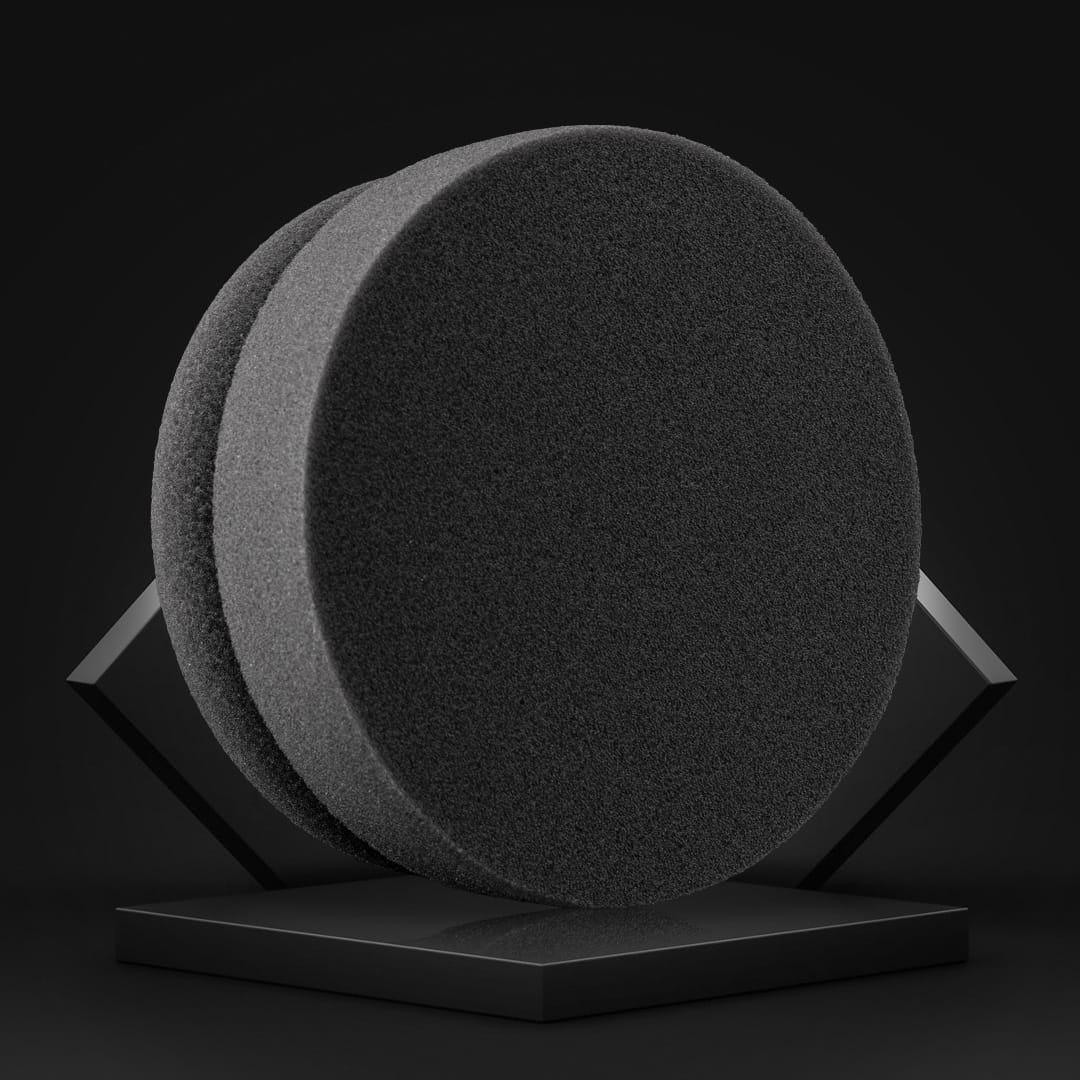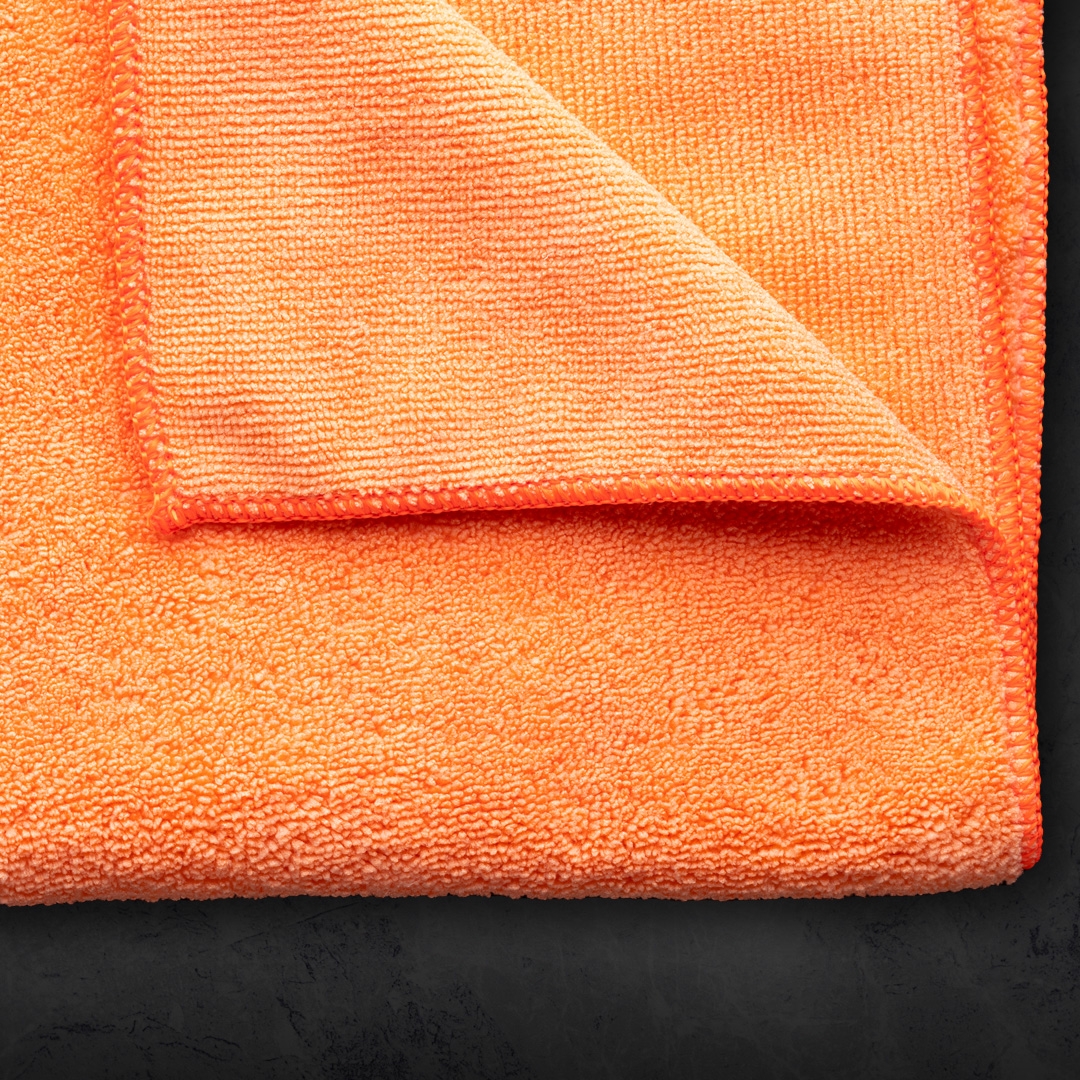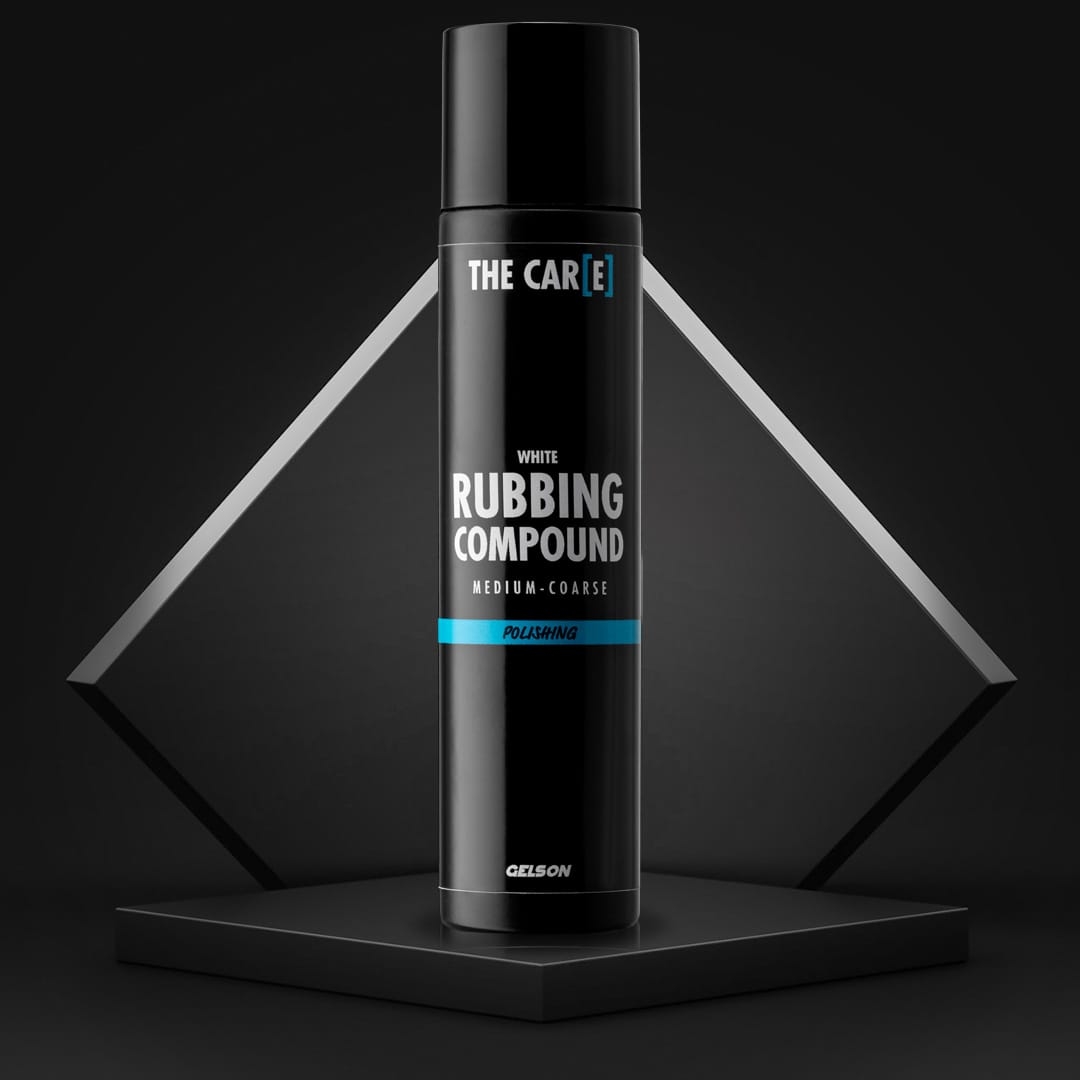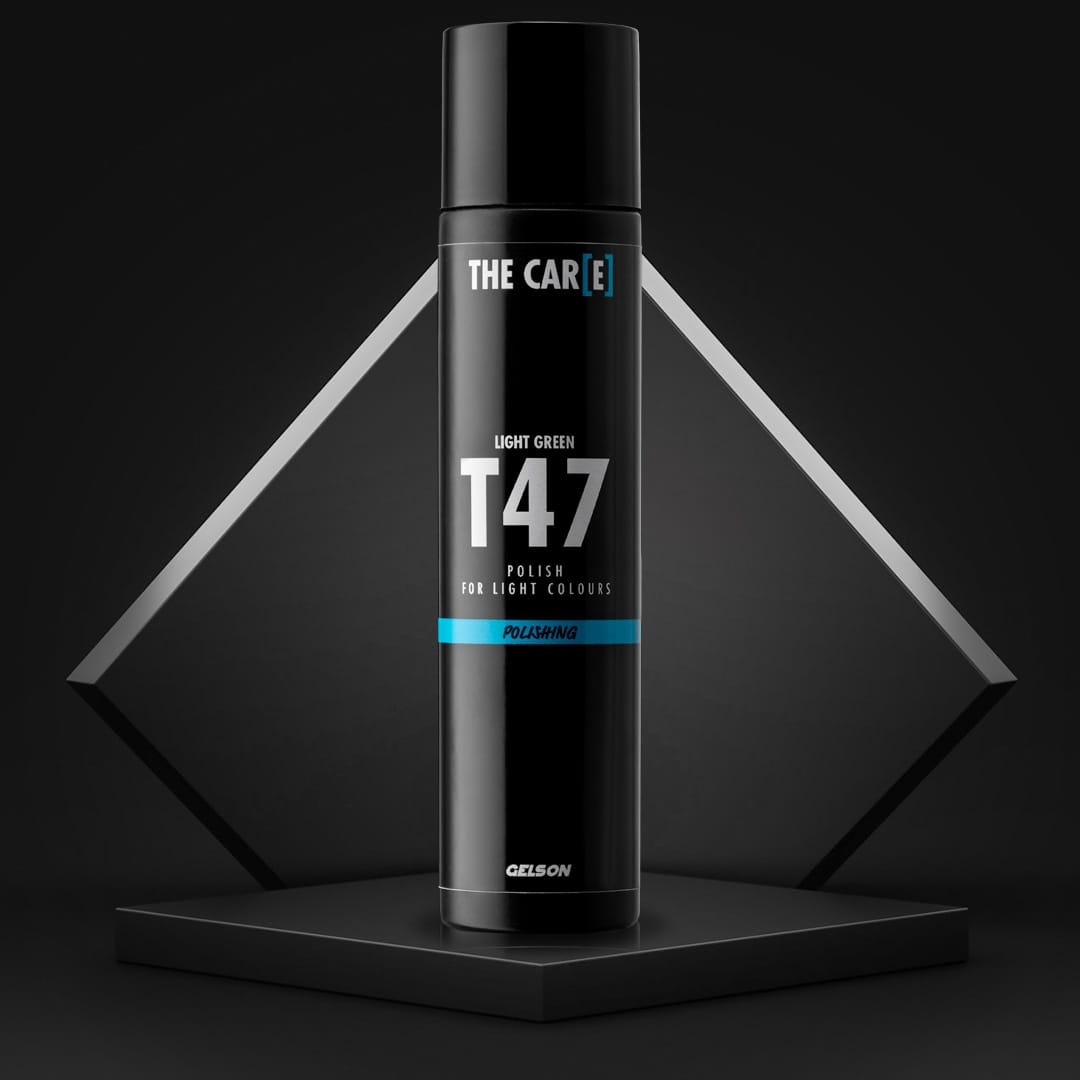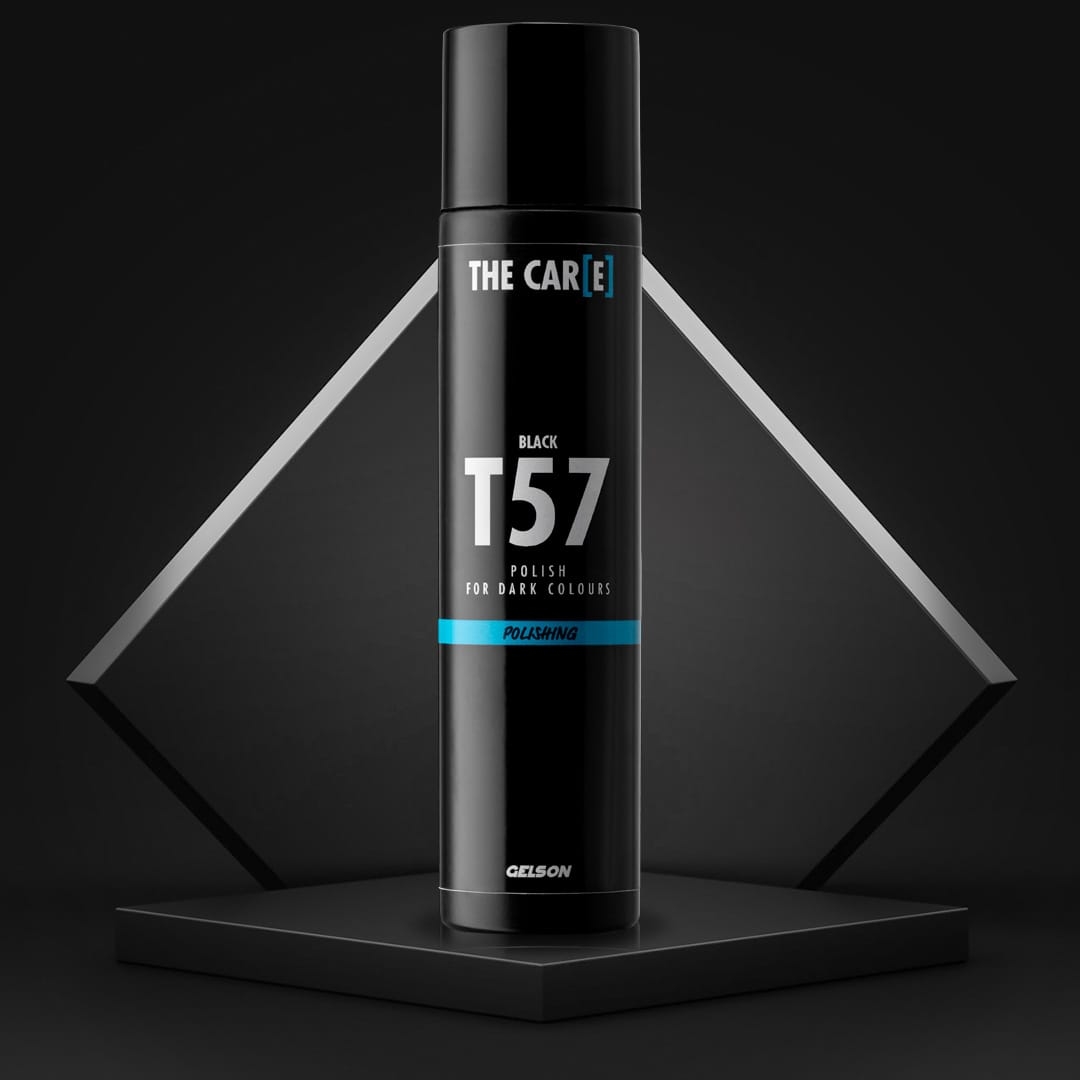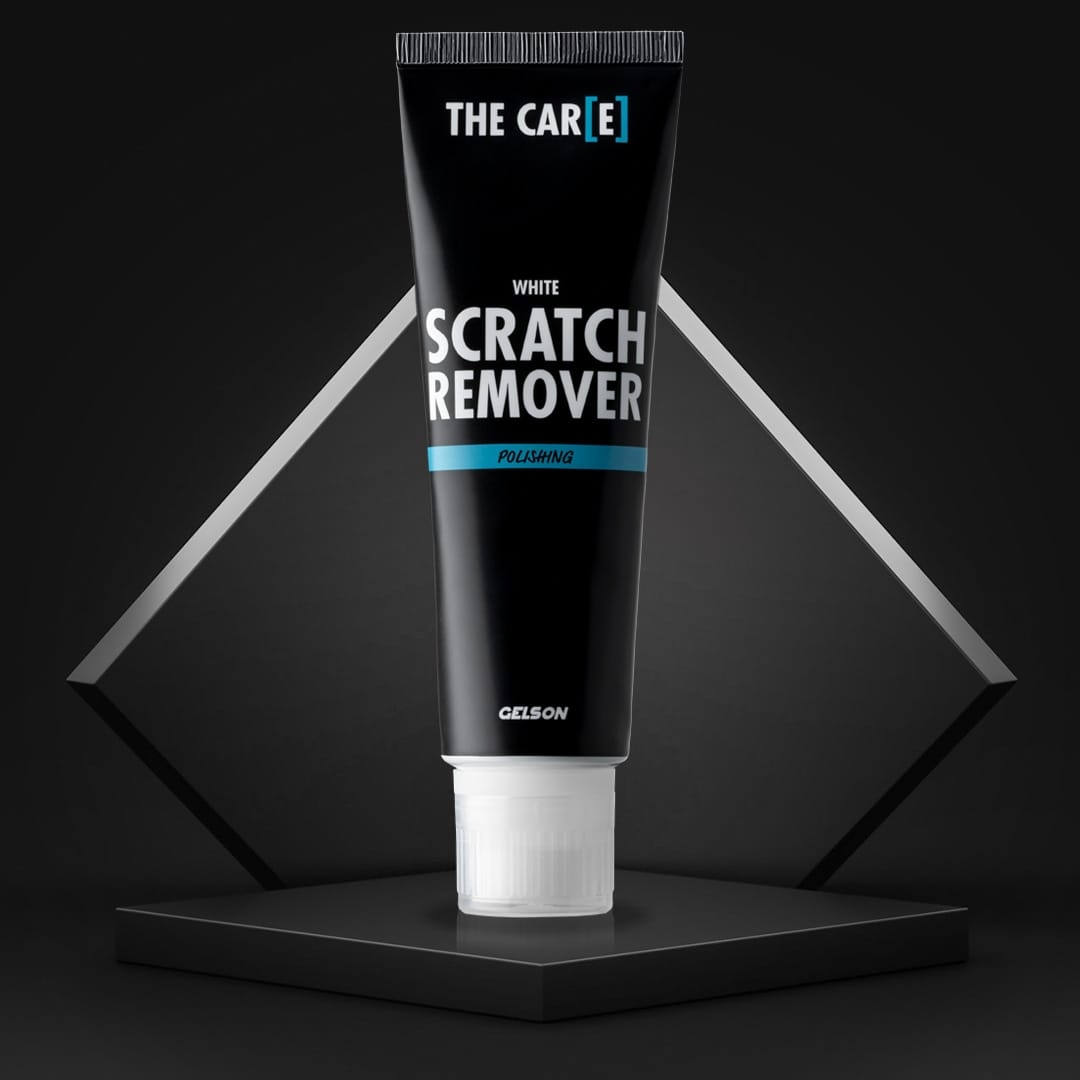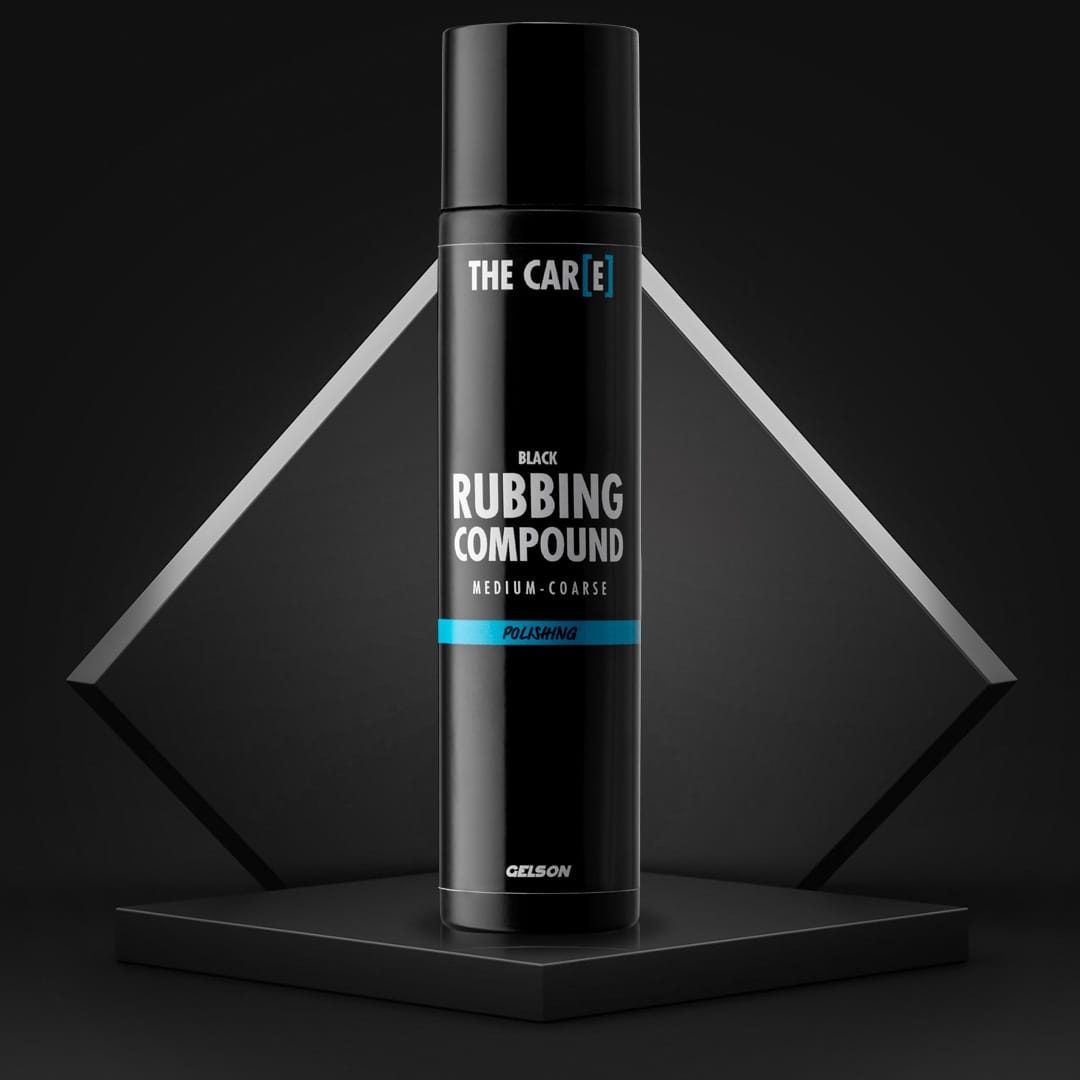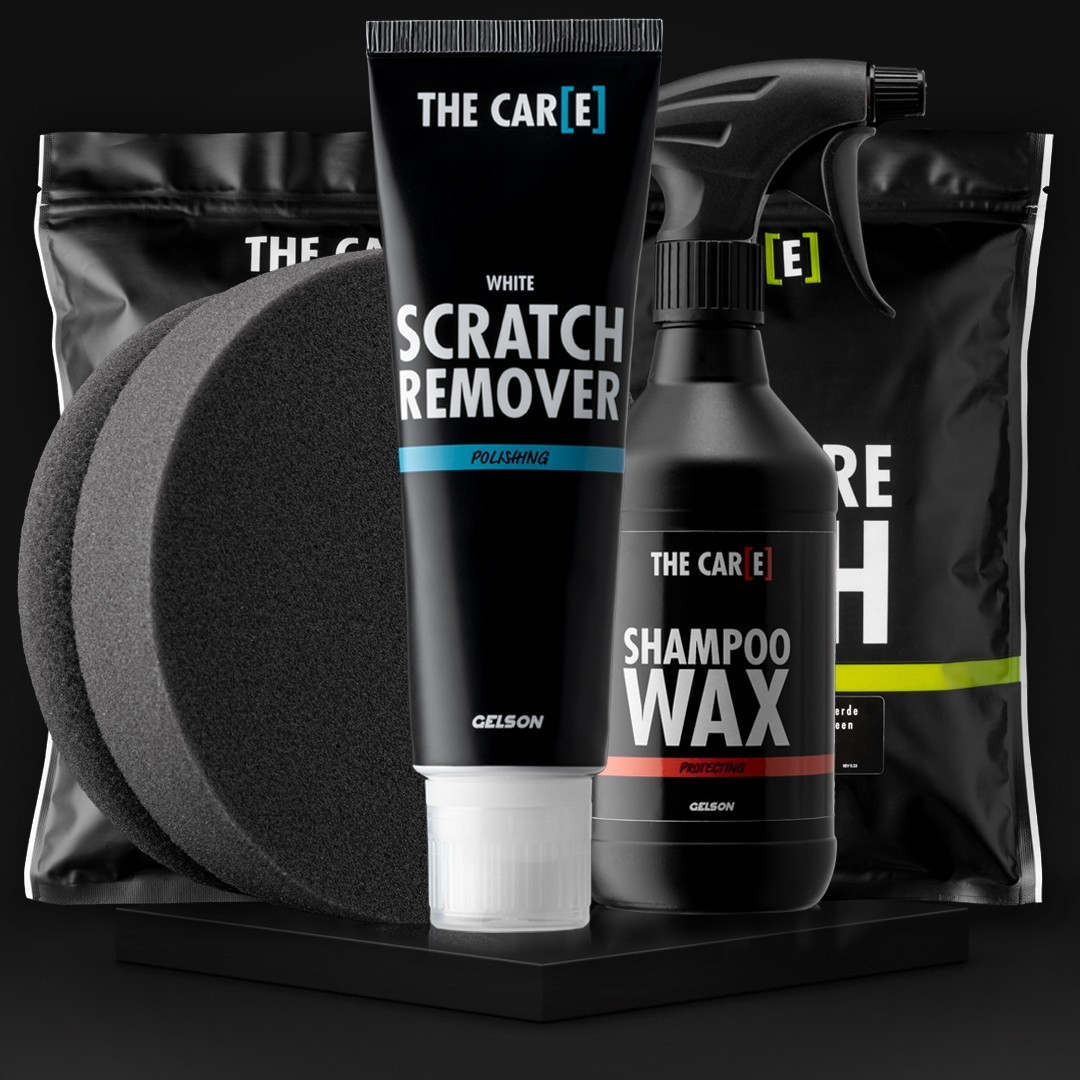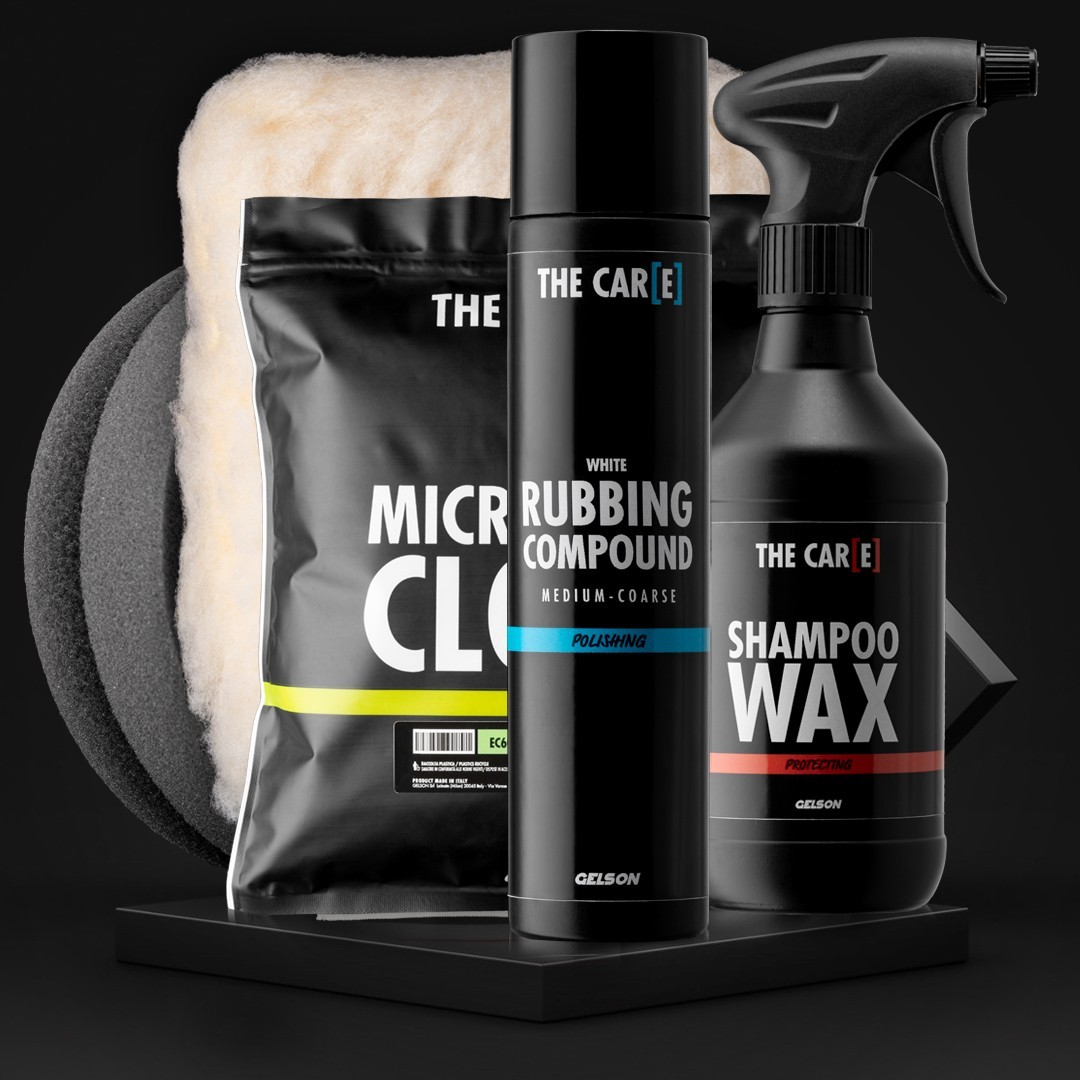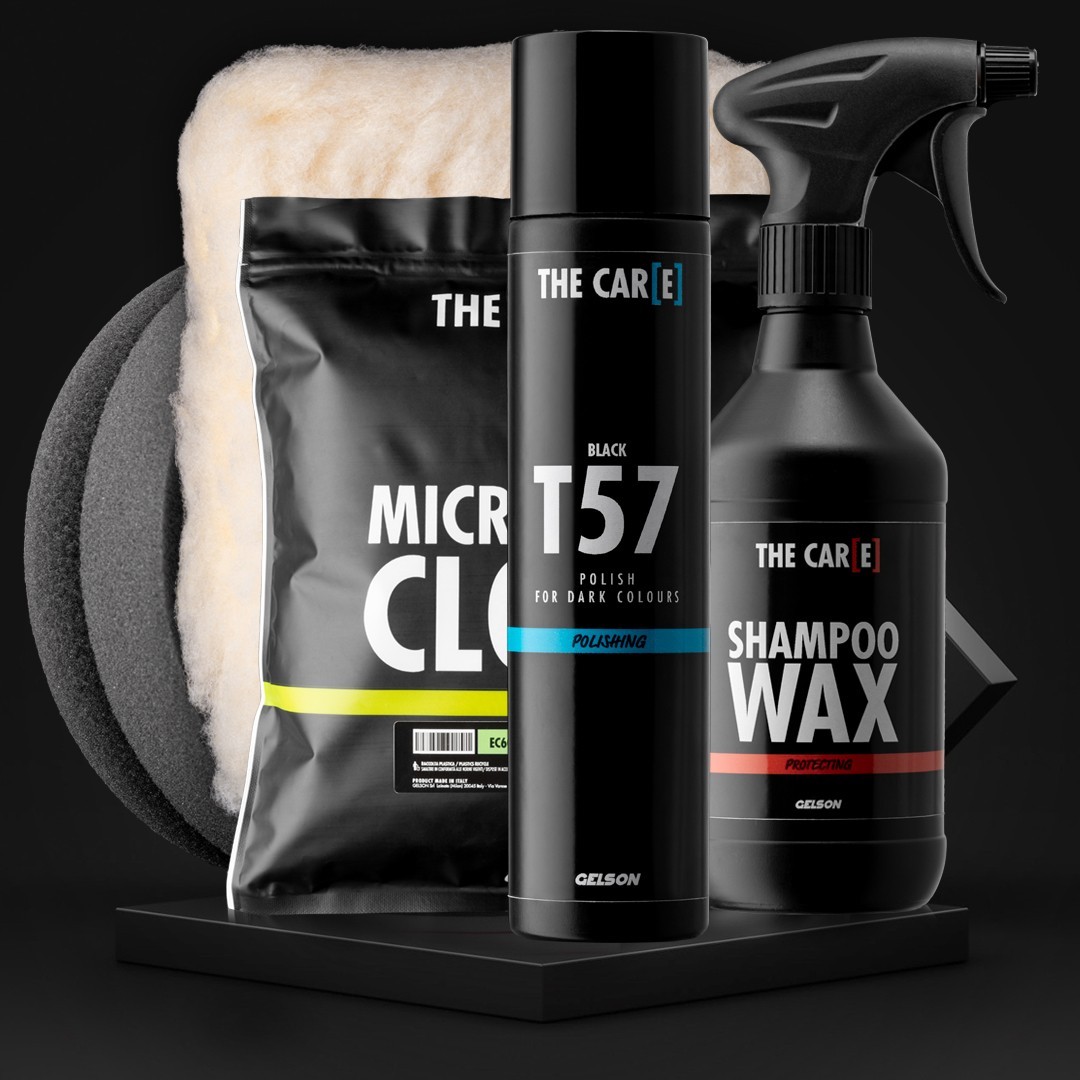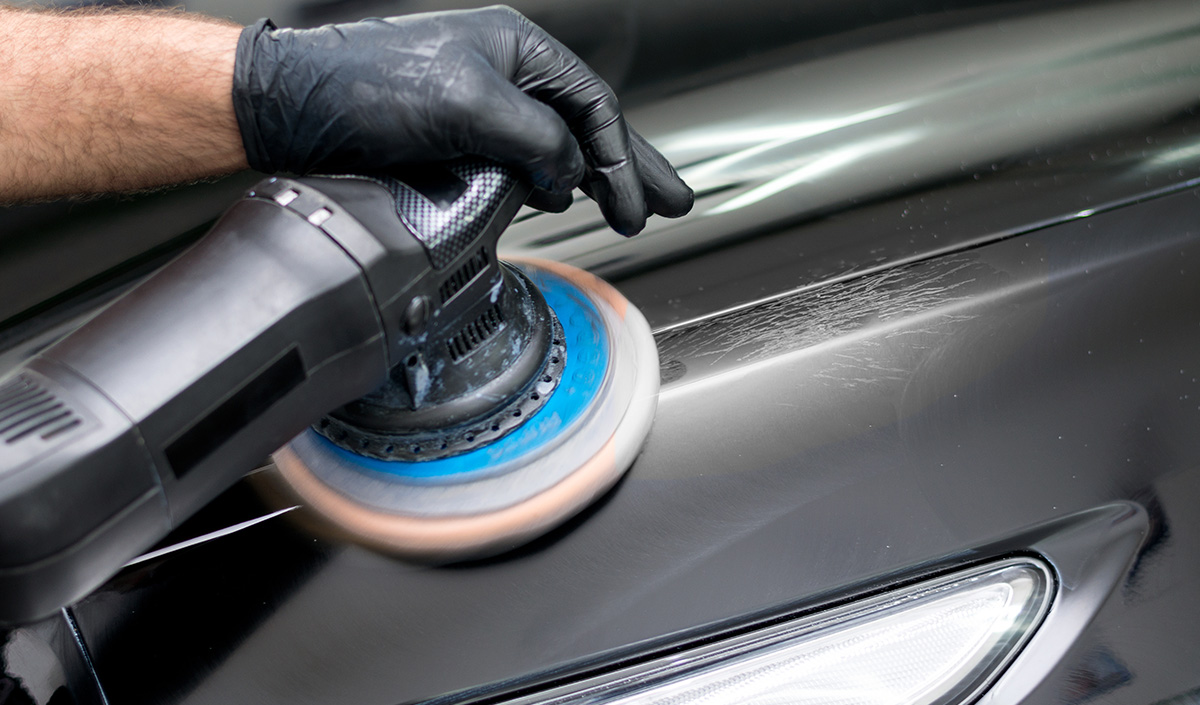
What is the difference between abrasive paste and polish? In this guide, we will introduce you to two essential products for removing scratches and defects from car paintwork and guide you on their proper use in car detailing.
In detail you will find:
- Abrasive Paste and Car Polish: Differences and How to Use Them
- Difference between Abrasive Paste and Polish
- What is Car Abrasive Paste?
- The Best Car Abrasive Paste
- What is Car Polish?
- Difference Between Polish and Wax
- The Best Car Polishes
- What to Use to Remove Scratches from Your Car
- What to Use for Polishing Your Car
Abrasive Paste and Car Polish: Differences and How to Use Them
Abrasive pastes and car polishes are essential products in a car detailer's toolkit. Both are used to remove surface defects and achieve a glossy finish on the paintwork. Despite sharing some characteristics, they are very different products used for specific tasks.
In this guide, we will delve deeply into the distinctive features of abrasive pastes and car polishes, providing a comprehensive overview for beginners.
Polishing is not done on matte finishes, but polishes like Scratch Remover are suitable for removing scratches from matte surfaces, as they do not contain gloss components that could damage or alter the aesthetic appearance.
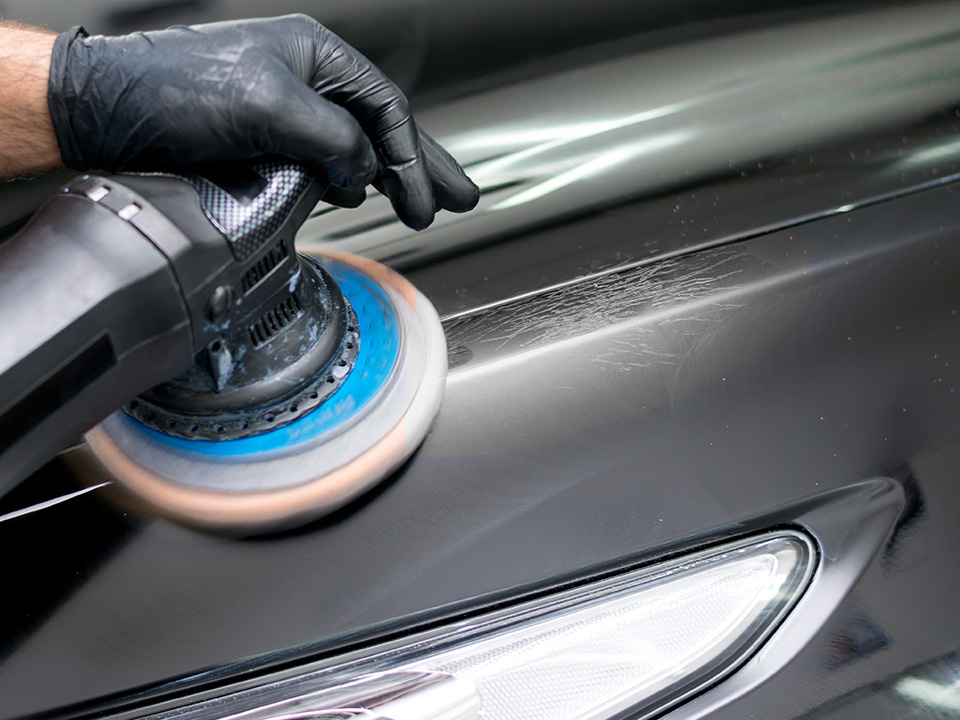
Difference between Abrasive Paste and Polish
Abrasive paste and car polish are two products used to remove scratches, swirls, haze, and both surface and deeper imperfections from the painted surface of a vehicle (whether it's the body of a car or the fairing of a motorcycle).
However, there are significant differences between these products, particularly in the type of treatment they are designed for: the abrasive paste is specifically formulated to tackle deeper defects, whereas the polish works on smoothing the surface.
Let’s examine the differences and the usage methods of these two products in more detail.
What is Car Abrasive Paste?
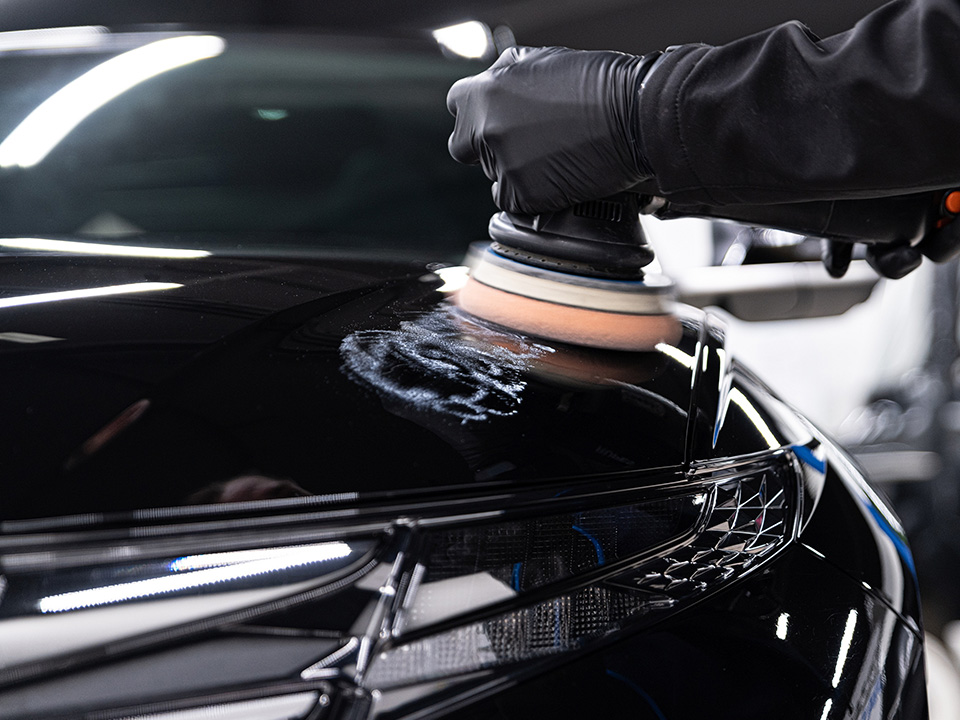
Car abrasive paste is a mixture of compounds, abrasives, and solvents (hence it is known as a cutting compound), specially formulated to remove persistent and deep defects from the paint surface. These defects can range from scratches that penetrate the top layer of paint to corrosion marks caused by environmental factors, contaminants, or deeper and more persistent imperfections caused by embedded dirt particles.
The cutting action that some abrasive pastes have (like those from The Care) allows the removal of deep imperfections; provided the product is applied and left to act for about 15 minutes.
By doing this, the subsequent mechanical buffing action will be more effective, removing unwanted imperfections. It is recommended to remove the product after application to prevent the cutting action from continuing due to any remaining residue.
The Best Car Abrasive Paste
There are many abrasive pastes available on the market, varying in cost and performance. To choose the best abrasive paste for your car repairs, it's important to balance two factors: professional formula and ease of use.
Abrasive pastes designed for professional car detailing offer greater effectiveness and long-lasting results. However, not all are easy to use for DIY enthusiasts or less experienced detailers.
The abrasive pastes from The Care line are designed for all car detailing enthusiasts, experts, and novices alike, who want to achieve professional results. Rubbing Compound white and Rubbing Compound black are designed to remove scratches, imperfections, and haze from surfaces, ensuring a shiny and refined appearance without leaving streaks.
What is Car Polish?
Car polish is a compound that contains fine abrasives and oils used to eliminate surface marks and enhance the paint's shine. It is designed to be less aggressive than abrasive paste and can be used regularly to maintain the paint's gloss and defect-free finish. Typically, it is used to remove light wear marks and dullness or even to remove scratches from under door handles, light scuffs on motorcycle helmets, or imperfections on the paint caused by car wash brushes.
Difference Between Polish and Wax

Due to its ability to make surfaces shiny, car polish is often confused with wax. However, while polish is designed to enhance the paint's appearance and remove surface marks, wax is a protective product that is applied after polishing to seal and protect the surface. While polish works on the paint’s surface, wax creates a protective layer that helps to prevent dirt and minor damage.
The application of abrasive pastes and polish also removes any protective layers on the painted surface, such as nanotech treatments, waxes, etc., so it is recommended to follow a precise detailing order.
Therefore, the correct use of these products involves first treating with polish and abrasive pastes and only afterward protecting the car from dirt and future surface imperfections.
The Best Car Polishes
To find the best car polish, just like with abrasive pastes, you should look for a product with a professional formula that is also easy to use for DIY projects (especially if you are not an experienced car detailer).
The T47 and T57 car polishes from The Care line add another element to quality and ease of use: they are ideal for their ability to make the surface shiny with just one application. The Scratch Remover is perfect for beginner detailers (and those who want a ready-to-use product) thanks to the sponge cap, which allows for practical and quick application without the risk of causing scratches.
What to Use to Remove Scratches from Your Car
Both abrasive pastes and car polishes can be used to remove scratches from a car, but before choosing the ideal product, you need to analyze the type of scratch and the required treatment.
For removing deep scratches and defects from the paint surface, it is advisable to use an abrasive paste. This type of product can remove thin layers of paint to eliminate more severe imperfections.
For removing surface scratches, using a polish is highly recommended, especially if you are not an expert and find it difficult to identify surface imperfections. When in doubt, it's always better to use a polish.
For more information on scratch removal, check out our dedicated guide.
What to Use for Polishing Your Car
Abrasive pastes and polishes are both very useful for professional car polishing. Both can be used after cleaning the car and before waxing to make the car’s surface free of imperfections and to further enhance the paint's shine.
Before performing scratch removal or polishing with polish, always remember that the surface to be treated must be clean and degreased. Otherwise, any residues like dirt, sand, or various contaminants could interfere with the treatment or even worsen the surface appearance, as dirt would act as an abrasive on the surface.
To learn how to perform a professional car polish, read our polishing guide.

